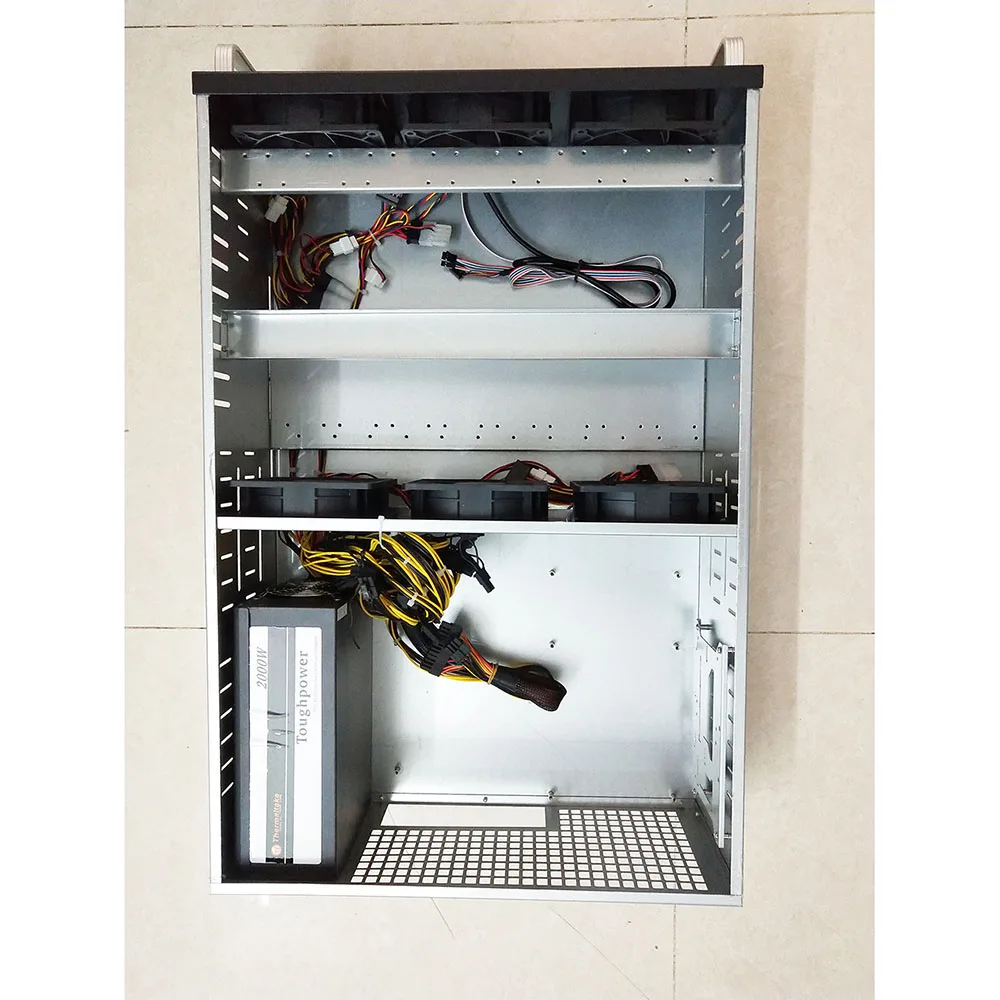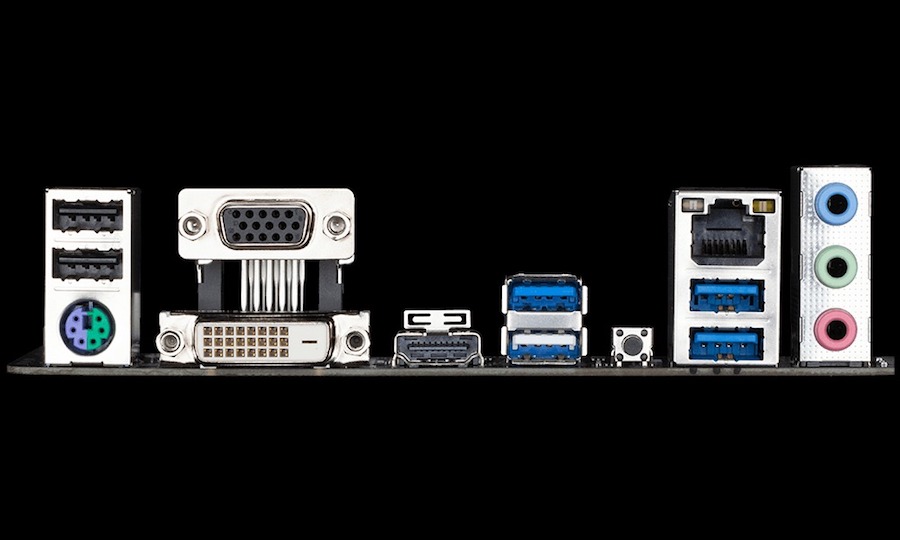

How to install graphic card with fan to motherboard upgrade#
Replacing the motherboard isn’t always necessary when you need to upgrade your CPU – replacing the motherboard may not even be possible. The motherboard has become physically damaged such as broken ports, bent or missing pins and so forth.ĭefective or Broken Motherboard, CPU Incompatible with Current Motherboard.You have not been able to boot up the computer after removing hardware from the case.You have not been able to boot up the computer for an extended period of time (several days).The computer will not power on or start up at all.It is generally recommended to replace a motherboard if you notice any of these problems: SEE ALSO: Does Motherboard Affect Gaming? When to Replace Motherboards? Removing the motherboard may require lifting it out by carefully pulling up on some cables attached to it. To remove an old motherboard from its case you typically have to remove several faulty components inside the case, including hard drives, expansion cards and RAM modules. This is not a common problem these days because there are only two form factors in use: micro-ATX and ATX, but it’s still good practice to double-check anyway. Also check the new motherboard that you’re planning on purchasing to make sure it matches the form factor of both your case and your computer’s power supply unit (PSU). If it doesn’t meet these requirements, you may have to replace some faulty components before installing the new motherboard.įor example: if you’re using an older model Pentium II processor with a 100MHz front-side bus (FSB) but your new motherboard only supports FSB speeds of 133MHz or higher, you’ll need to replace your CPU before you can install your new motherboard. Make sure that the motherboard supports all the features of your computer, including video cards, hard drives, CD drives and sound devices.Īlso, check to make sure that it meets any special requirements for RAM or any other types of memory installed in your system. In order to successfully upgrade your computer’s motherboard, you need to be aware of the computer’s capabilities and limitations. If you’re upgrading an older model computer that uses ISA expansion slots rather than PCI (PCI is what most new computers use), you’ll find that replacing the motherboard yourself is a more complicated proposition. The time required for a successful upgrade depends largely on how long it takes to remove an old motherboard and install a new one into the case of your computer. SEE ALSO: Best Budget Motherboard for i7 9700k SEE ALSO: Does Motherboard Come With Sata Cables? In fact, if you have experience working with computers and you’ve had previous success doing your own computer upgrades or repairs, you can replace the motherboard on most desktop computers without any difficulty at all. It’s possible, however, to buy a new motherboard for less than $100 and perform the replacement yourself. Replacing the motherboard in your computer can be expensive, especially if you pay someone else to do it for you.

Graphic card average cost: $100 to $5000 (Depend on your choice).Power Supply Board can cost you around $50.Laptop Repairs can cost a bit higher, because it has little circuits.Common repair: Ram slot, short circuit (due to water), dust, sink fan, power supply breakage.Labor cost: Some repair shops works on the basis of hourly rates, if the damage is not very high.Accidental damage can cost a bit high, and it may be depend on the size of damage.In this table you will see average cost of repair.


 0 kommentar(er)
0 kommentar(er)
